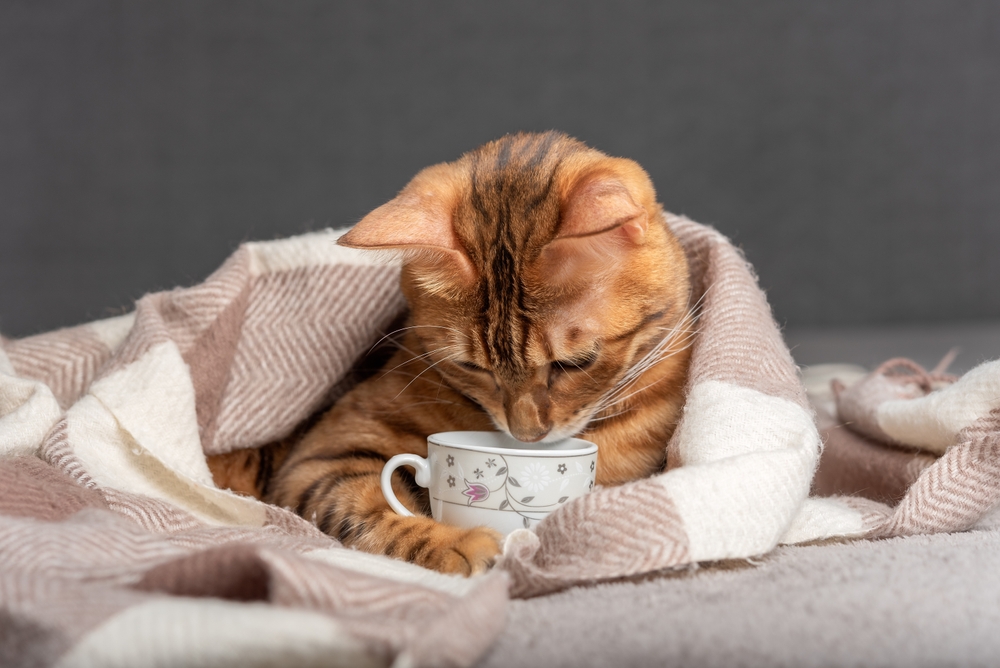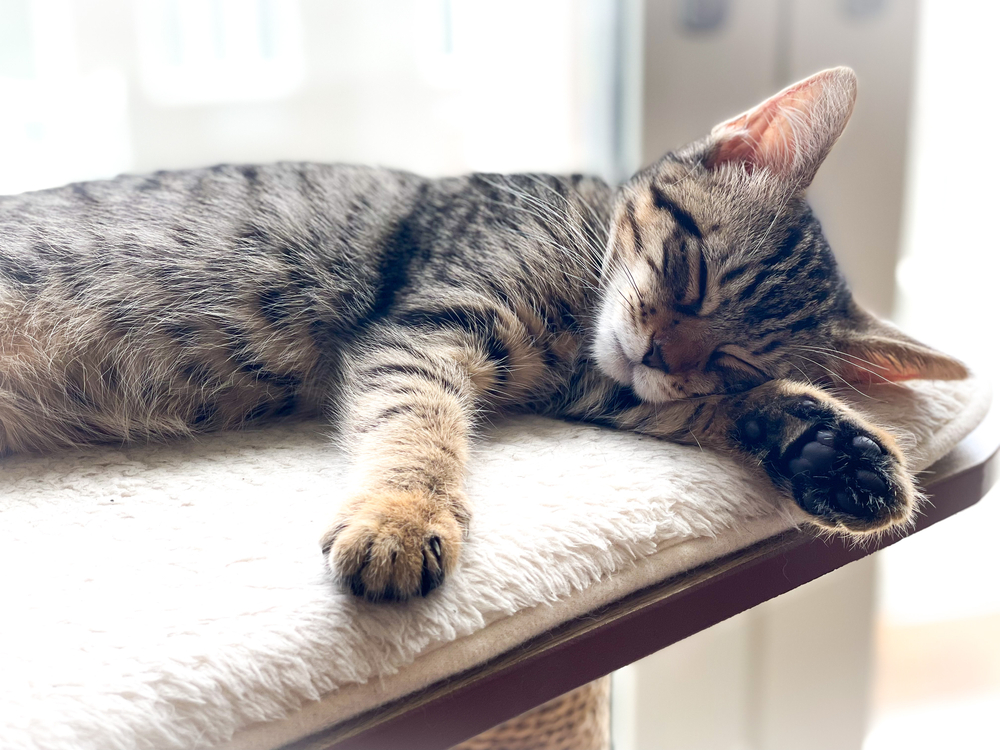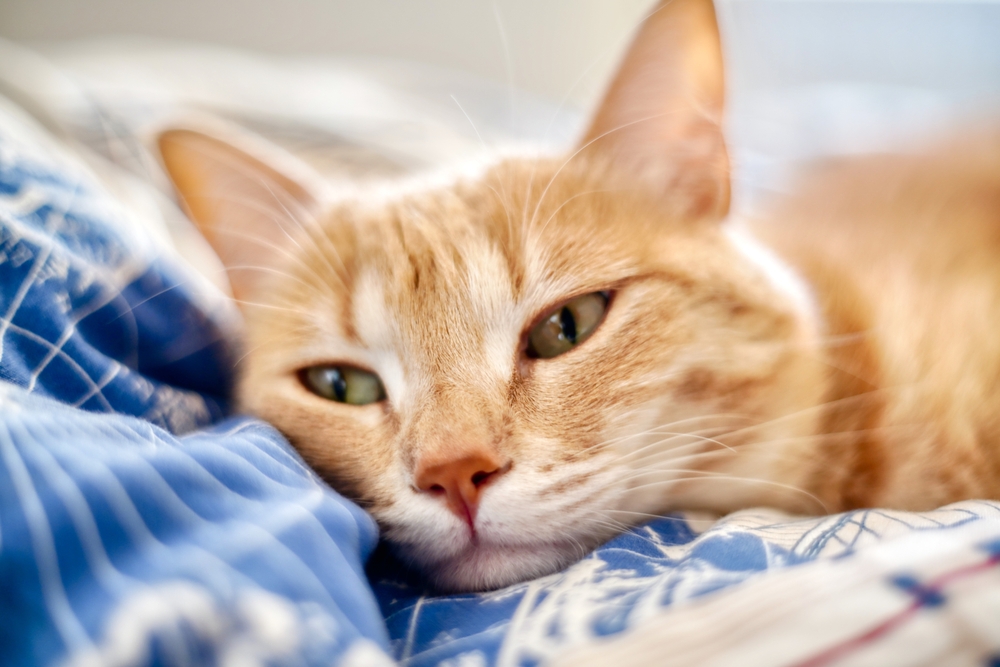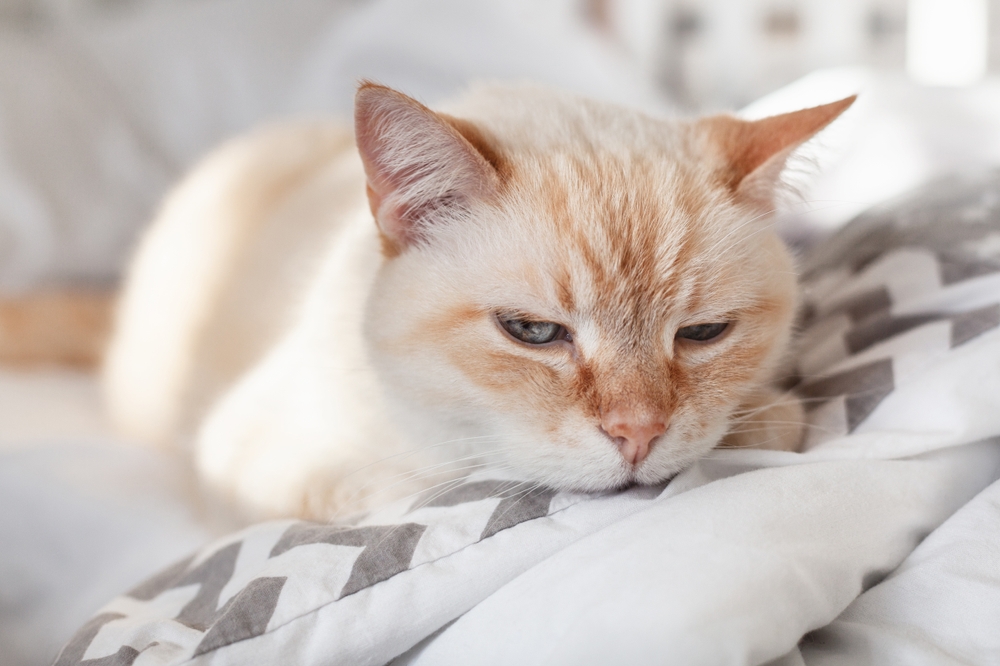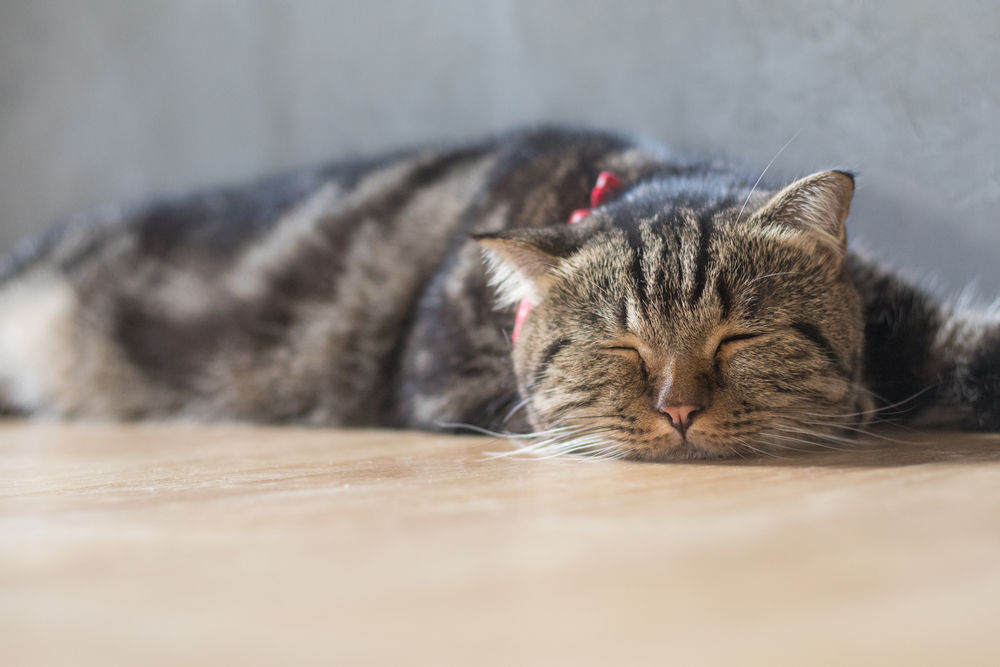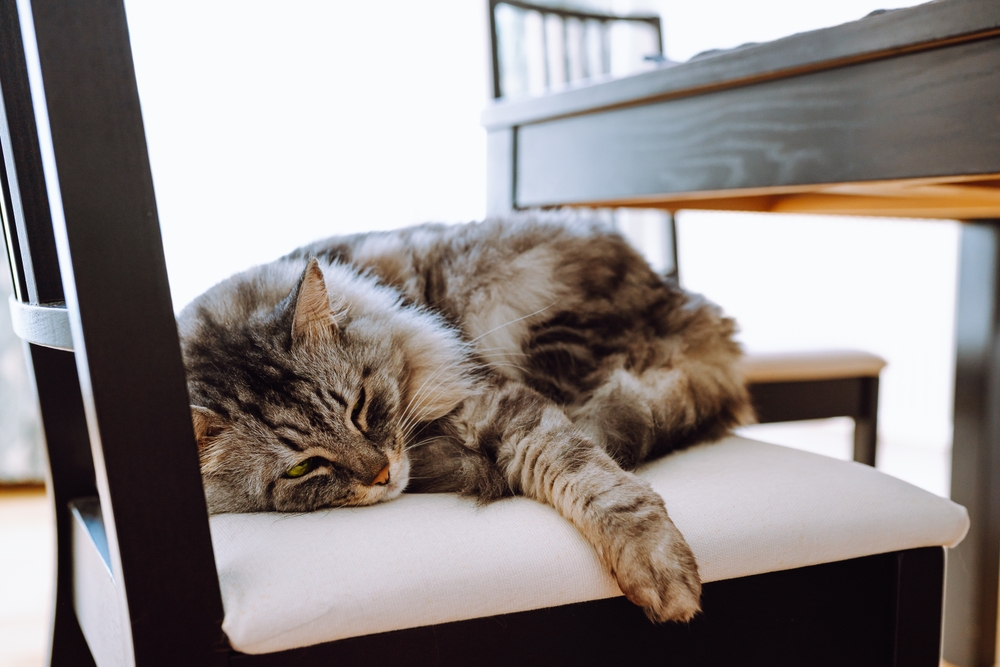📖 Table of Content:
When you see your kitty vomiting, you immediately want to help her and ease her struggles. But sometimes, your budget is tight and you can’t afford to take her to the vet. In that case, you’re probably wondering if there’s a home remedy for a cat vomiting white foam.
Even though treating your cat at home isn’t the best option, we understand where you’re coming from. You’re desperate to help your pet but you simply don’t have the means to do so. That’s why you’re improvising and trying to make the best out of the situation.
However, if you realize that your cat’s condition is only worsening and nothing seems to help, we strongly advise you to take her to the vet. They will certainly know how to help your feline and ease her symptoms.
Now, before we get into all the possible remedies for your cat that you can try at home, let’s first find out why is she vomiting white foam. There must be a reason for it.
Why is your cat vomiting white foam?
Seeing your furbaby struggle is the worst thing for every cat parent. You signed up for a life filled with cuddles and happy meows. You don’t want her to experience pain and discomfort.
But life isn’t always sunshine and rainbows and you know that. Now that your feline is struggling with vomiting, you’ll do anything to help her. And the first step to do so is to find out what’s causing the nausea.
1. She’s not eating enough
The fact that your cat’s vomiting white foam suggests that she hasn’t been eating enough. This may come as a surprise since our kitties tend to be real foodies.
Maybe you haven’t even noticed that she’s been avoiding food for a while since you recently changed her diet. You simply assumed that she needed more time to get used to the new food brand.
However, it could be that your cat hasn’t had a proper meal in a while and now it’s taking a toll on her. The gastric acids in her stomach have nothing to digest so they keep building up. This causes stomach irritation, which then results in throwing up white foam.
Try to think about the last time your feline had a full meal. If you can’t remember, then you’ve found the cause of her nausea.
2. Hairballs
Cats love grooming themselves and looking all clean and tidy. Unfortunately, that often causes them to swallow hairballs, which are uncomfortable.
Sometimes, they get stuck in your cat’s airway. Other times, your feline actually swallows them, they reach the stomach, and then she has to throw up to get rid of them.
So, hairballs could also be the reason why your cat keeps throwing up white foam and isn’t in her best shape.
3. Gastrointestinal issues
If your cat’s vomiting due to gastritis, then her stomach’s lining is irritated due to something she ingested. The cause of this may be expired food, certain medication, or a type of food she doesn’t tolerate.
In this case, it would be best to consult with the vet so he can rule out gastritis.
Another cause of vomiting could be inflammatory bowel disease (IBD) where your cat’s gastrointestinal tract is chronically inflamed and irritated. In this case, nausea is usually followed by diarrhea, lethargy, and weight loss.
If you notice any of these symptoms, it would be better to take your cat to the vet than to try different home remedies. Her health should be your main priority, no matter what.
4. Liver disease
The more we talk about it, the more serious these conditions get. Unfortunately, liver disease can’t be cured, but you can keep the symptoms under control with the right medication.
Understandably, this condition is also something that can’t be treated at home – it requires medical assistance. So, if you notice a lack of appetite, weight loss, or even yellowing of your cat’s skin and eyes, make sure to pay a visit to the vet. They’ll know best what to do.
5. Pancreatitis
Similar to some other conditions, besides vomiting white foam, symptoms of pancreatitis also include loss of appetite, lethargy, and weight loss. Your cat can also develop dehydration, abdominal pain, and low body temperature.
All of these symptoms sound serious and have to be treated with medication. So the best thing to do is to get your cat to the vet so they can help her.
6. Parasites
If your cat is vomiting and has got diarrhea, these could be signs of a parasitic infection – especially if she hasn’t been dewormed in a while. In this case, giving her a dewormer will do the trick. However, you first have to take her stool for analysis so you can be sure she’s dealing with parasites.
Other possible causes of vomiting in cats are food allergies, intestinal cancer, heartworm disease, kidney failure, or hyperthyroidism. All of these are serious conditions that shouldn’t be treated with home remedies, especially if vomiting doesn’t stop for days.
It’s always better to be safe than sorry, so make sure to do the right thing if your cat’s condition isn’t improving.
Is there a home remedy for a cat vomiting white foam?
Most people believe that a pukey cat is a normal thing. However, it’s always better to rule out any serious health conditions and then proceed with the right cure.
But if you’re unable to take your feline to the vet and you haven’t noticed any other symptoms besides vomiting, then you can try some home remedies. Just make sure that your cat’s condition isn’t worsening and that vomiting isn’t happening more than a few times.
1. Fasting
A cat can start vomiting because of food. So, if you’ve noticed that nausea always starts after a certain meal or if you’ve made some recent changes in your cat’s diet, then you can try not feeding your pet for a few hours.
By doing so, you’ll allow your cat’s stomach to get better after being irritated by food and vomiting. That way, you’ll be sure if certain that food caused all this mess.
Just make sure that her water bowl is always filled with fresh water so she doesn’t get dehydrated. If you notice that she’s not drinking it, then give her a few ice cubes she can lick and play with. That way, she’ll at least consume some liquid.
During this time of fasting, pay close attention to your cat’s behavior. Check for lethargy, diarrhea, or any other symptoms. If she stops vomiting completely, then you have proof that her condition was caused by a particular food.
In that case, try reintroducing her meals slowly and monitor her from then on. If she starts vomiting white foam again, then you can try feeding her another brand of cat food. If you still don’t see any improvement, take her to the vet since she may be allergic to a certain ingredient in her meals.
If her symptoms persist longer than a day or two, please stop looking for a home remedy and seek help from the vet.
2. Bland food
When you’re dealing with a cat that’s vomiting white foam, feeding her bland food is often a good home remedy. If you don’t know where to start, then consider some boiled chicken without seasonings and a portion of white rice.
These two foods will allow your pet to consume protein without being harsh on her stomach. Once you introduce this meal, observe your cat for any changes.
If you notice that her vomiting has stopped completely, you can slowly start giving her the usual food she eats. Just don’t rush anything since her stomach is already irritated and it may take a while to recover completely.
3. Pumpkin
One of the reasons pumpkin is a great home remedy for a cat vomiting white foam is because it’s high in fiber. And we all know that fiber is of great help when it comes to digestion.
So, if you have a furbaby at home that is puking, try giving her some boiled, unseasoned, mashed pumpkin. If she doesn’t want to eat it on its own, you can always mix it with a little bit of bland food she’s been eating.
This method works especially well if your cat’s vomiting has been caused by hairballs. Fiber from pumpkin will help your feline pass the ingested fur that’s been making her queasy.
4. Peppermint tea
Peppermint tea works wonders on upset stomachs so there’s a chance it may help your cat as well. The recipe is simple: boil some tea, let it cool down, and then give your feline a few tablespoons of it. If she can’t drink it from the spoon, use a syringe to feed it to her.
Do this a few times a day and in the meantime, always check for any additional symptoms.
5. Ginger tea
Ginger is a powerful antioxidant, which is why people use it to treat various health conditions. It’s also safe for cats and can help them the same way it helps humans.
To make your cat some tea, simply wash and peel ginger root. Chop down one-quarter of a tablespoon of ginger – you don’t want to go overboard and upset her stomach even more.
Add the chopped ginger to one cup of boiling water and let it simmer for 15 minutes. Once it’s cooled down and strained, it’s ready for use.
There should be enough tea for 6 “feedings.” The same with peppermint tea, use a spoon or syringe to give it to your cat. Do so every 2 hours and monitor from there.
